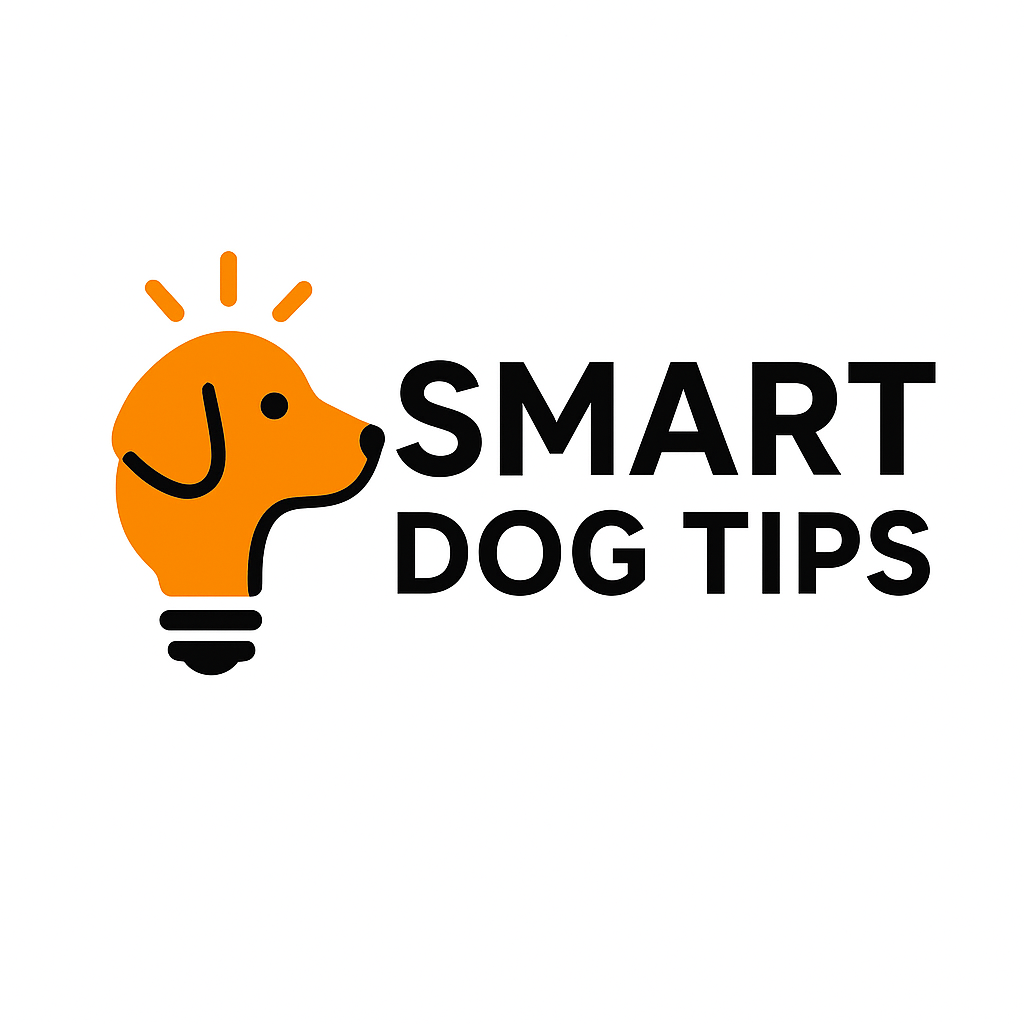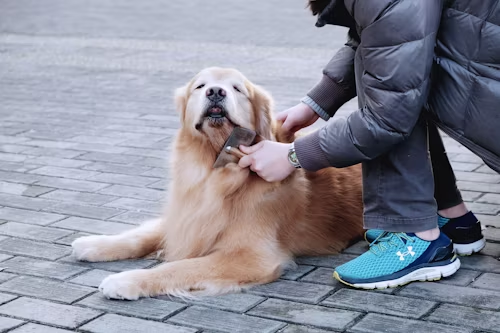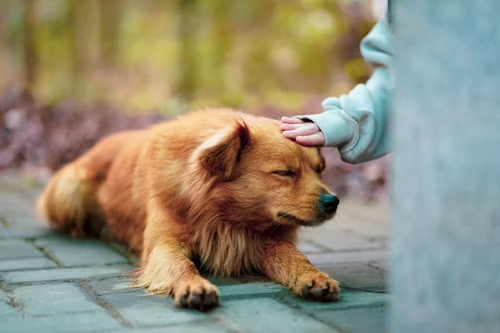Spaying your dog is one of the most responsible and loving choices you can make as a pet parent. It not only helps control the pet population but also improves your dog’s long-term health and behavior. However, what happens after the surgery is just as important as the decision to have it done.
Caring for your dog after a spay surgery might feel overwhelming at first, especially if it’s your first time. Don’t worry, this guide will walk you through everything you need to know in easy-to-follow steps so you can help your furry friend heal comfortably and safely.
What Is Spaying and Why It’s Important
Spaying (also known as ovariohysterectomy) is a surgical procedure where a veterinarian removes a female dog’s reproductive organs; the ovaries and uterus. This prevents pregnancy and eliminates the heat cycle.
Benefits of Spaying
- Prevents unwanted litters, reducing stray populations.
- Lowers risk of health problems such as uterine infections (pyometra) and breast tumors.
- Reduces hormonal behaviors like roaming, howling, and aggression.
- Promotes a longer, healthier life for your pet.
The First 24 Hours After Surgery
The first day after surgery is the most critical for monitoring and comfort. When you bring your dog home from the vet, she might still be drowsy from anesthesia.
What to Expect
- Grogginess or disorientation
- Mild whining or whimpering
- Reduced appetite
- Some swelling or redness near the incision
- Small amount of bloody discharge (light spotting only)
What You Should Do
- Create a quiet recovery space. Set up a clean, warm area away from other pets and children.
- Monitor closely. Stay nearby for the first night to ensure she doesn’t fall, jump, or lick her wound.
- Offer water in small amounts. Don’t force food immediately; start with a light meal after a few hours if she’s alert.
- Follow your vet’s medication schedule exactly. Pain relief and antibiotics help prevent discomfort and infection.
Setting Up a Comfortable Recovery Space
A calm environment can make a huge difference in your dog’s healing process. If your dog usually sleeps on your bed or sofa, gently encourage her to stay on the floor or in a crate during recovery. Use a low-entry dog bed so she doesn’t have to jump. Choose a space that is:
- Quiet and cozy, with soft bedding
- Free from stairs or slippery floors
- Separated from other pets who may try to play or lick her incision
Limiting Activity: Why Rest Is important
One of the biggest post-surgery mistakes owners make is allowing too much activity too soon. Even if your dog seems energetic after a couple of days, her internal stitches need time to heal.
General Guidelines
- No running, jumping, or rough play for 10–14 days.
- Short leash walks only, mainly for bathroom breaks.
- Avoid stairs or furniture.
- Keep her on a leash indoors if necessary to prevent sudden movement.
Feeding Your Dog After Spay Surgery
It’s common for dogs to lose their appetite temporarily after surgery. The anesthesia and pain medication can cause nausea or mild stomach upset.
Feeding Tips
- Start with a small, bland meal such as boiled chicken and rice, unless your vet says otherwise.
- Offer fresh water frequently, but in moderation.
- Resume regular food after 24 hours if she’s eating normally.
- Avoid treats or table scraps during recovery; stick to vet-approved foods.
Caring for the Incision Site
Caring for your dog’s incision site after spay surgery is one of the most important parts of recovery. Keeping the area clean and dry helps prevent infection and supports faster healing. Check the incision at least twice a day for any redness, swelling, discharge, or unusual odor, as these can be early signs of a problem.
Avoid giving your dog a bath or letting her swim until your vet confirms it’s safe, since moisture can slow healing. If she tries to lick or bite the incision, use a cone or a soft recovery suit to protect the area. And remember, don’t apply any ointments, creams, or home remedies unless your veterinarian specifically recommends them.
A little daily attention goes a long way in keeping your dog’s spay incision healthy and ensuring a smooth, stress-free recovery.
Managing Pain and Medication
After your dog’s spay surgery, your veterinarian will likely prescribe pain relief and sometimes antibiotics to help with healing. It’s very important to follow the dosing instructions carefully and never give human medications like ibuprofen or acetaminophen, as these can be toxic to dogs.
Try to give your dog her medicine at the same time each day to keep her comfortable and on schedule. If she’s fussy about taking pills, ask your vet about flavored tablets or use pill pockets to make it easier. Keep an eye out for signs of discomfort such as whining, restlessness, panting, or refusing to eat.
If these symptoms continue, don’t hesitate to call your vet. Proper pain management plays a huge role in a smooth, stress-free dog spay recovery and helps your furry friend feel better faster.
The Healing Timeline: What to Expect Week by Week
| Timeframe | What to Expect During Dog Spay Recovery |
|---|---|
| Day 1–3: Rest and Recovery | Your dog will likely sleep a lot and move slowly. Her appetite may be lower than usual. Keep activity minimal and provide a quiet, comfortable space for rest. |
| Day 4–7: Gradual Improvement | You’ll start to see her energy return and appetite improve. Continue limiting physical activity and check the incision daily for any redness or swelling. |
| Day 8–14: Healing Phase | The incision should start to close, and any external stitches may be removed if they aren’t dissolvable. Short walks are fine, but avoid running, jumping, or rough play. |
| After 2 Weeks: Return to Normal | Most dogs can return to their normal routine once the vet gives approval. The incision should be fully healed and free of swelling or irritation. |
Signs of Complications to Watch For
Even though complications are rare, early detection is crucial. Contact your vet immediately if you notice:
- Redness, swelling, or discharge from the incision
- Persistent vomiting or diarrhea
- Excessive lethargy
- Loss of appetite beyond 48 hours
- Bleeding or missing stitches
- Foul smell from the incision area
Preventing Licking and Scratching
Dogs naturally want to lick their wounds after surgery, but it’s important to stop this behavior to avoid infection or reopened stitches. To prevent licking after your dog’s spay, use an Elizabethan collar (the traditional cone) or an inflatable recovery collar that’s more comfortable for her to wear.
You can also try a soft, washable post-surgical recovery suit that protects the incision while letting your dog move freely. Keep her busy with gentle distractions like chew toys, light affection, or quiet bonding time so she doesn’t focus on the incision.
And remember, supervision is key; dogs often try to lick at night when no one’s watching, so make sure her collar or suit stays on until your vet confirms she’s fully healed.
How to Comfort Your Dog Emotionally
Caring for your dog after spay surgery isn’t just about physical healing; emotional comfort matters too. Many dogs feel confused, anxious, or even a little down after the procedure, especially if they’re sore, wearing a cone, or separated from their usual routines.
The best way to comfort your dog after spay is to stay calm, speak softly, and spend quiet time together so she feels safe. Gentle petting can help if she’s comfortable with touch, but let her set the pace.
Try to keep her daily schedule as normal as possible, with consistent feeding and rest times to reduce stress. A little extra patience, reassurance, and affection will help your dog relax, recover faster, and feel like herself again in no time.
Natural Healing Aids (Vet-Approved Only)
Some pet parents like to support their dog’s recovery after spay surgery with gentle, natural aids alongside veterinary care. Always check with your vet before giving any supplements, but a few safe, vet-approved options can help. Omega-3 supplements may reduce inflammation and promote healing, while probiotics can support healthy digestion, especially if your dog is taking antibiotics.
Make sure she has soft bedding and plenty of fresh water to stay comfortable and hydrated during recovery. Avoid using essential oils or herbal products unless your veterinarian specifically recommends them, as some can be harmful or even toxic to dogs. With the right balance of professional guidance and natural support, your dog’s spay recovery can be smooth, safe, and stress-free.
When to Call the Vet
Knowing when to call the vet after your dog’s spay surgery is an important part of responsible recovery care. Never hesitate to reach out to your veterinarian if something doesn’t seem right; it’s always better to be cautious. Contact your vet immediately if the incision looks worse instead of better, if your dog refuses food or water for more than two days, or if you notice any heavy bleeding, pus, swelling, or signs of fever.
You should also call if she’s trembling, whining, or showing signs of severe pain that don’t improve with prescribed medication. Your veterinarian would much rather you check in early than risk a complication, and prompt attention can make a big difference in your dog’s comfort and healing.
The Reward for caring for your dog
The reward for caring for your dog after spay surgery is seeing her happy, healthy, and full of energy again. Within about two weeks, most dogs are fully recovered and ready to return to their normal routines.
Once she’s healed, you’ll notice lasting benefits; no more heat cycles, no risk of unwanted litters, and a lower chance of developing serious health issues like infections or certain cancers.
Following your vet’s advice and giving her gentle, consistent care during recovery, you’re helping her heal safely and comfortably. Spaying truly is a long-term gift of health, comfort, and peace of mind for both you and your beloved dog.


